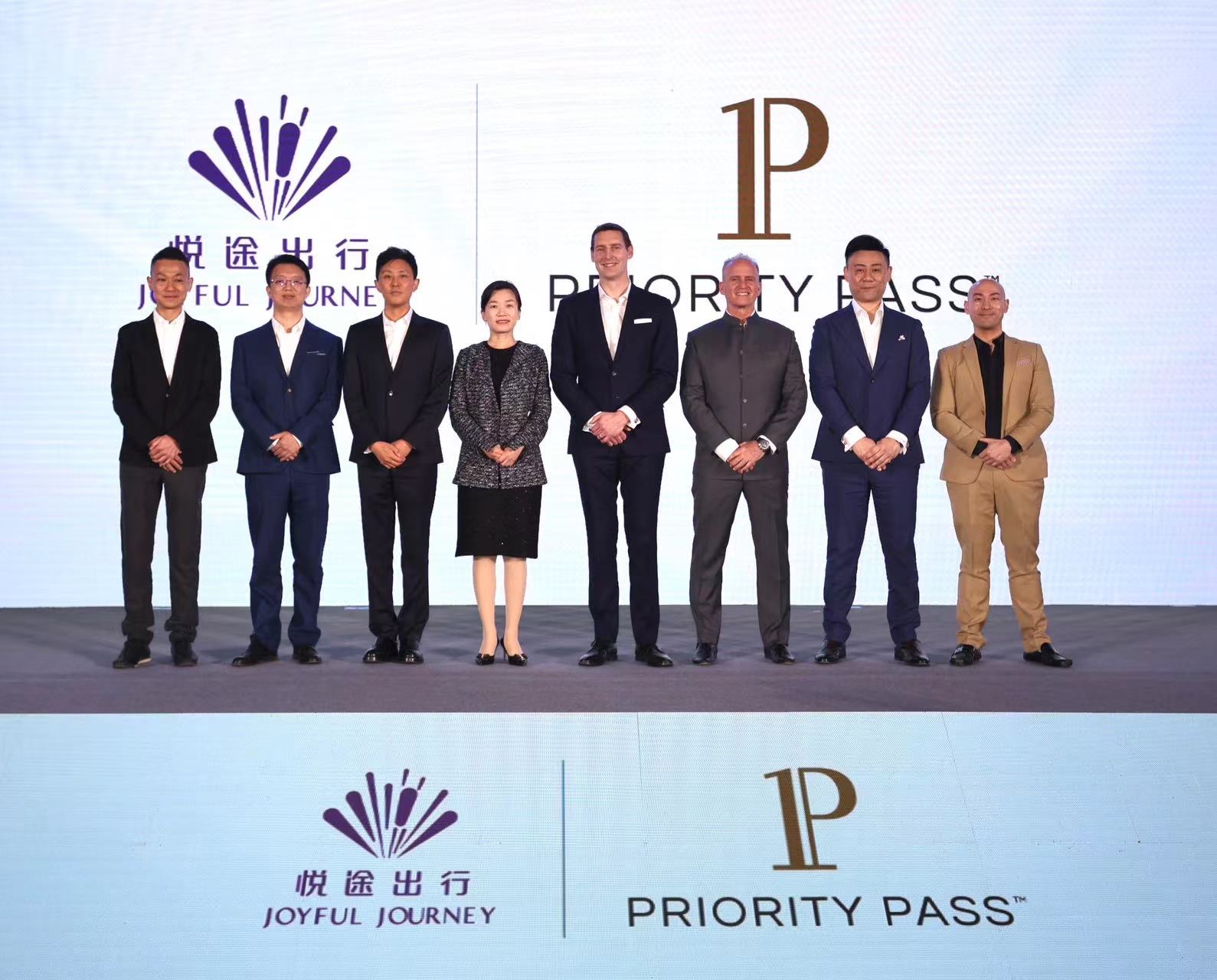
By putting time and effort in to collect and measure customer data, you can provide relevant and personalised experiences that are required to meet the demands of the modern, choice-rich customer. But in what ways can the big data that is collected be used? What role does AI have to play?
There is now a vast array of potentially usable data, including historical, real-time, social, wearable and, increasingly, data not just about the customer, but the specific context they are in. Insurance providers are able to gather more information about individual customers than ever before, allowing the development of more specific, tailored insurance offerings. The more we know about our customers and the more agile the data and technology, the more personal insurers can make the insurance experience.
For example, when travel insurance is offered within an airline or OTA booking path, there is a wealth of travel booking information available to create a more tailored solution without using any directly personal data. Behind-the-scenes, interfaces (APIs) allow data to be shared and certain trip characteristics come together to create a persona-based product that even takes into account past conversion and transactional experience. Not only does it enable travel insurers to design a more suitable product for airlines, it also presents an opportunity to show dynamic imagery and messaging tailored to a customer’s trip which enhances the overall booking experience, makes the insurance offering much more engaging and increases the chance of conversion.
Right place, right time
The use of geo-tagging and location-tracking is enabling insurers to consider how to offer insurance directly related to where the customer is at that time.
For example, when arriving at a ski resort, if the customer appears not to have any ski insurance, it seems sensible to send a push-message to them to offer an upgrade at that time. However, with GDPR and increasing regulatory oversight in place to ensure that customers receive appropriate messages and that they make an informed and active choice for any insurance cover, especially add-ons, the technology is an enabler but not the whole solution. With digital experiences often having less visual real estate to work with, and conversion pressure centred upon speed and ease of purchase, it is essential to find the balance between innovation and meeting the regulatory requirements without one smothering the other.
One area of particular interest, especially in light of the new Apple Watch Series 4 with its built-in electrocardiogram, is the march of wearable technologies and Nano-technologies in the health insurance sector. These devices mean it’s increasingly possible to monitor health remotely, so for high risk travellers, insurers could monitor vital signs and proactively intervene before something happens. For insurers who have access to an assistance provider, it becomes possible to connect these customers with doctors and nurses available 24/7 who are used to dealing with health events and emergencies remotely, enabling providers to intervene and do something helpful and useful at the point of need. You end up with a happier, healthier traveller with greater peace of mind who has had a positive experience of that brand – which in turn drives customer devotion and loyalty - and lower costs to the insurer – a win-win situation for all. Another example might be that of a car insurer gaining insight into the mechanics of the vehicle to not only help prevent insurance claims through proactive monitoring but also developing loyalty programmes to reward customers for being proactive, e.g. regularly checking oil, tyre pressure etc.
Artificial Intelligence in insurance
The insurance industry is already reaping the benefits from Artificial Intelligence and machine learning, for example with fraud detection software, price optimisation engines, cover personalisation models and invoice recognition. The techniques for data modelling can vary from company to company, but most are evolving rapidly towards deep learning and its application to solve a range of insurance problems, such as neural networks and its use in fraud identification and machine learning models for classification and prediction of fraud likelihood. For example, Data Scientists in Collinson have been working in a graphical database that allows the fraud department to visualise claims relationships by different parameters to identify fraud rings. This model and algorithm can be used over any claims data and has the potential to bring a benefit to multiple product lines. Deep learning has also started to benefit the insurance industry by tackling problems in call centres with the application of natural language processing, and increased security in apps by implementing facial recognition.
The key is gathering enough data (not any data, but quality raw data) to build AI that is tailored for each product’s needs. For example, data from connected devices that can help predict and prevent accidents in telematics operated cars or self-driving cars.
It is possible to increase the sophistication of actuarial models and introduce machine learning that evolves with the risk of an insurer’s customers, understanding their behaviour and therefore giving a better representation of the risk at any given time. It also enables insurers to implement fraud detection models that help us classify claims by likelihood of fraud, assign a score and refer for further investigation. Or, by utilising using neural networks, we can visualise a 3D image of fraud rings and organised crime.
Insurance products are not the answer
The key to improving customer experience in insurance is centred around building products that fit with consumer lifestyles and ones which aren’t necessarily insurance focused. Combining digital and data can drive real-time improvements in customer experience; AI and data insights can elevate that customer centricity further.







